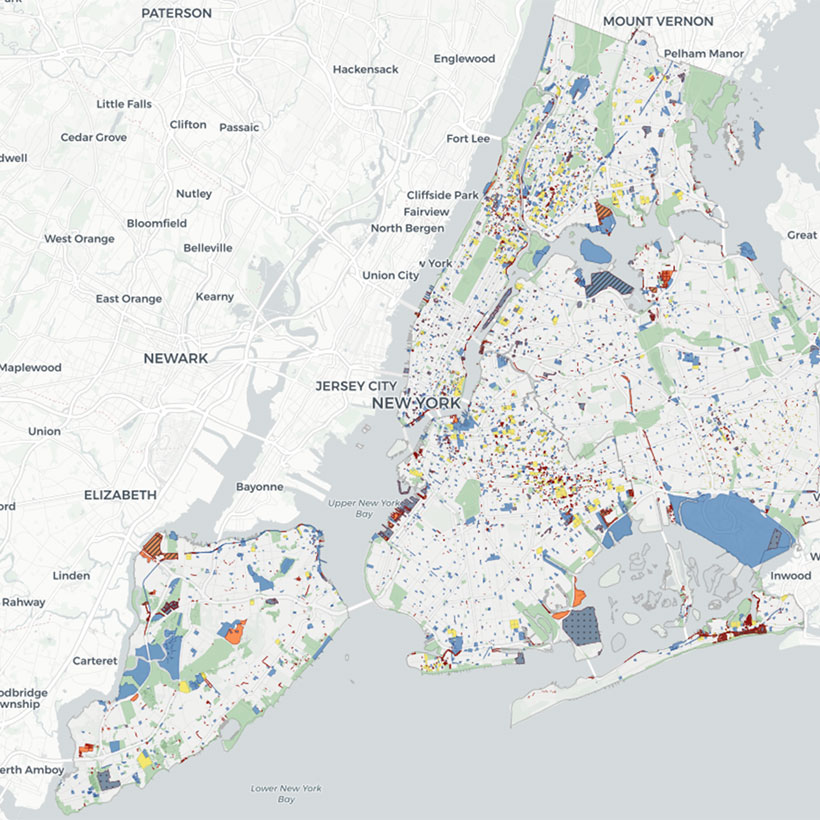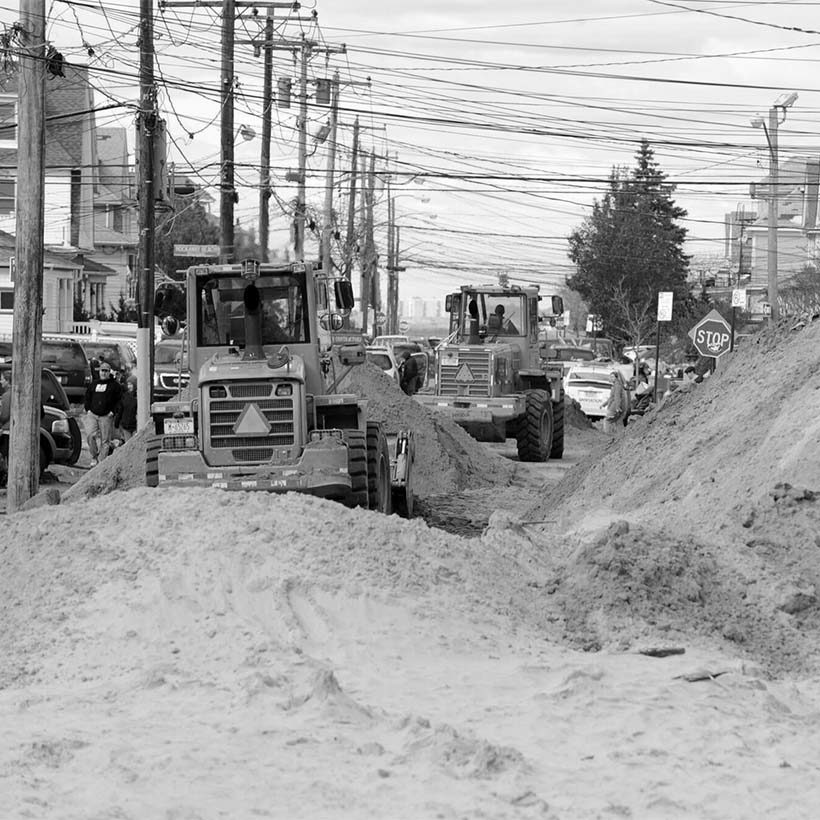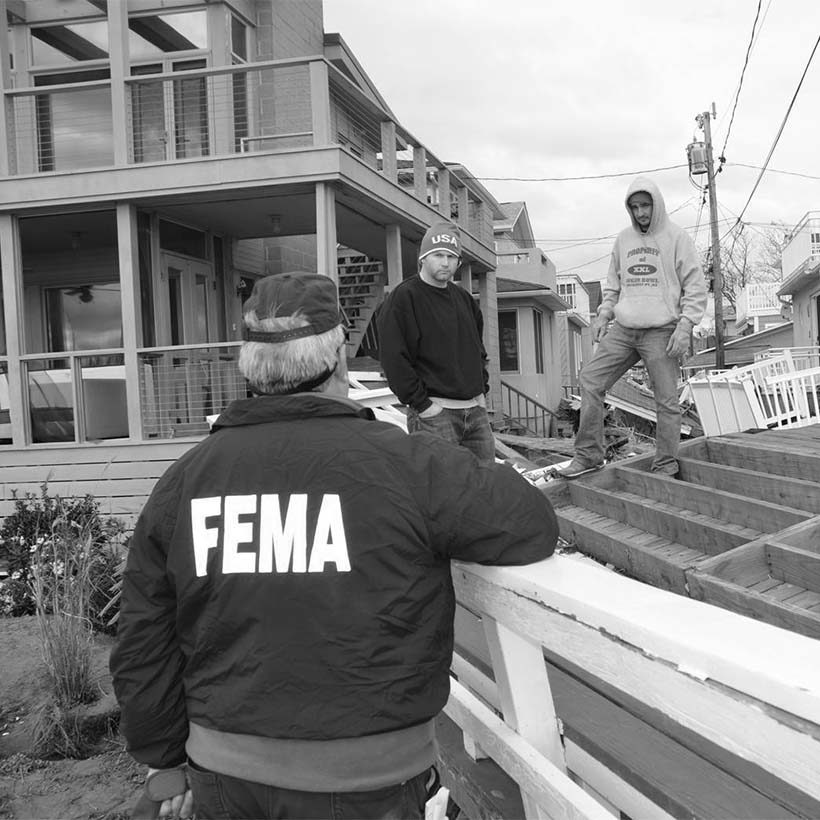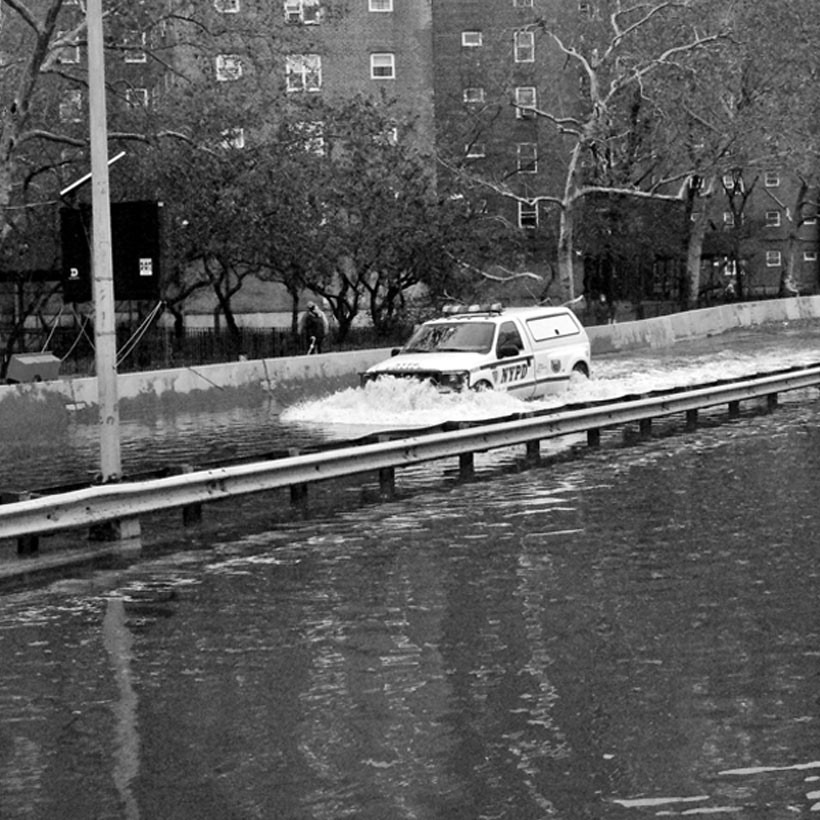President’s Letter: September 2021
Monthly observations and insights from MAS President Elizabeth Goldstein
Is anyone else angry about Hurricane Ida? The unnecessary loss of life? Forty-five people died in the New York City region, thirteen of them in the city itself. The death toll was 26 in Louisiana and 11 in New Orleans. When you were watching with horror as Ida hit Louisiana and Mississippi with such force, did you know we were in its path too?
Clearly the experts did, but not average New York area residents. It turns out that the City has a map that proved eerily accurate in its predictions for catastrophic flooding. The map was just released in May of this year. And unfortunately, the targeted notification system that many have called for for years will not be available to New Yorkers for more years.
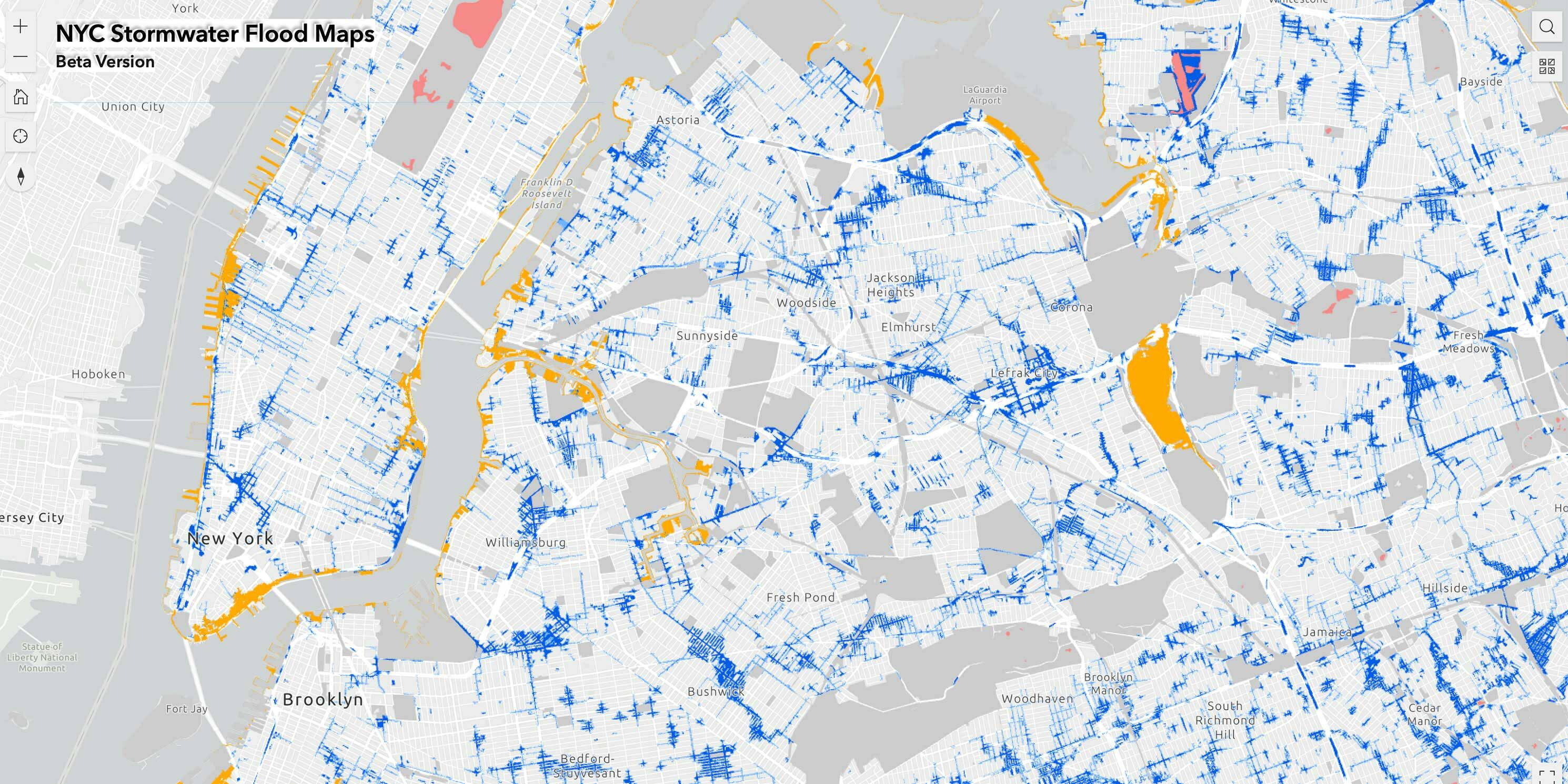
It is also a horrible reminder of how far behind we are about dealing with climate change. The whole nation lost the last four years to the previous President, “he who shall not be named.” But what is New York’s City’s excuse? Rebuild by Design rapidly put out 20 Ideas After Hurricane Ida. And those 48 pages truly prove what one author, Joseph Sutkowi, from the Waterfront Alliance points out, “the challenge is not about technology, but about policy and priorities.”
Whether it is recommendations for protecting mass transit, making the city more porous and absorbent, or getting vulnerable people out of unsafe basement apartments, the approach is clear. The trick is to fund into these strategies in a way that makes them truly viable and brings them to scale. It is NOT cheaper to clean up afterward, yet we keep making the same mistake over, and over again.
It is about funding public sector improvements and ensuring that they are always multitasking for the public good. Parks that create sponges in times of heavy rainfall. Streets that, when rebuilt, have everything from larger catch basins to more plantings from trees to medians. However, when you look at the city, the most infuriating part is that we are NOT incentivizing the private sector to do its duty to the collective good either. We passed a green roof initiative in New York and all of 7 projects have gotten through the system. Why, because it is too bureaucratic and is also seriously constrained by how much the City was willing to contribute to the effort. A big program to do this would cost tens of millions of dollars not hundreds of millions of dollars. And it might not have saved those lives but it sure would have helped with flooded intersections and basements. The Dutch has coined the concept of “rainproofing” cities. This takes public sector investment, for sure, but it also involves making private property a part of the solution.
Many of you will remember that I sat on the Brooklyn Queens Expressway expert panel. That panel suggested among other things that the BQE be reimagined as a greener road, a more appropriate 21st Century contributor to the city. That would never have happened in time to help prevent the deaths in Woodside, Queens but if we don’t start working on it soon, the BQE will continue to be a deteriorating polluting piece of infrastructure that just divides communities and puts lives in danger as it acts like a bathtub when we have major downpours. I couldn’t believe the pictures of cars and trucks sitting in water up to their side mirrors. And when I read the stories of how the elevated sides of the BQE created walls of water filling basements along its edges, I wanted to cry. So preventable. So tragic.
We New Yorkers are pretty darn good at crisis, but we aren’t so good collectively at getting out of the way of the trains around the corner that we know are there but just can’t see. How are we going to change that? We do have a choice; the question is, will we make the right one?

Elizabeth Goldstein
President, Municipal Art Society of New York

